Sushi: The Edible and Beneficial Art

In the enchanting world of Japanese cuisine, one delicacy reigns supreme and has captivated the hearts and palates of food enthusiasts across the globe – sushi. This exceptional culinary creation melds beautifully vibrant aesthetics with an explosion of flavors, making it not just a dish, but an experience.
Originating in the Land of the Rising Sun, sushi boasts an array of tantalizing variations, each one offering a perfect balance of taste, texture, and nutritional value. Known for its delightful taste and artful presentation, sushi offers not only indulgence for the palate but also various health benefits.
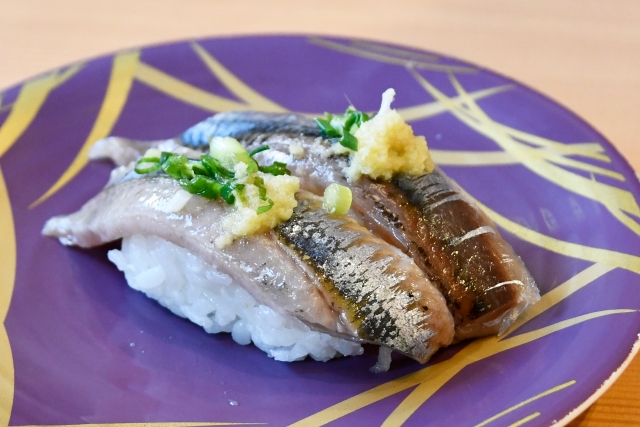
Photo by くまなな
What Makes Sushi
Sushi is primarily made up of raw fish, rice, and vegetables. Fish used in sushi are often rich in Omega-3 fatty acids, which are known to maintain heart health by reducing inflammation and aiding in the prevention of heart diseases.
Another crucial ingredient present in most sushi dishes is wasabi. This green paste, with its strong flavor and pungent aroma, contains antioxidants that help boost immunity and protect against certain types of cancer.
Seaweed – yet another key component in sushi — is packed with essential nutrients such as iodine and vitamins A & C. It contributes to healthy thyroid function, strong bones, and teeth while also showcasing anti-inflammatory properties.
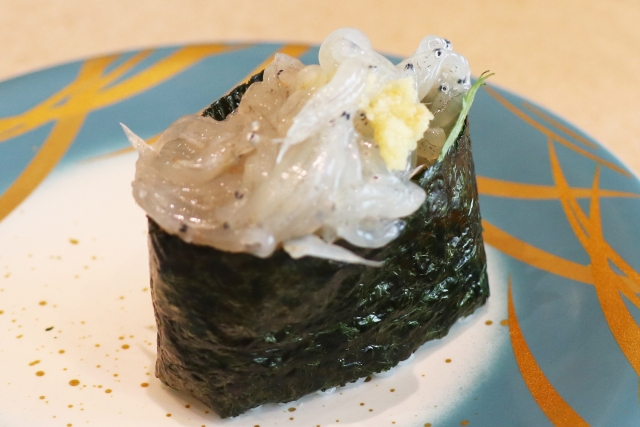
Photo by くまなな
Some Popular Sushi
Now let’s explore some of the most popular types of sushi:
Nigiri: Skilfully hand-pressed vinegar rice topped with a slice of fresh raw fish or seafood. Popular choices include salmon, tuna, eel, and shrimp.
Sashimi: Not strictly sushi since it involves no rice, but is often served alongside it. Sashimi features thin slices of raw fish or seafood such as fresh tuna or octopus neatly arranged on a platter.
Maki: Rolled sushi encased in nori (seaweed) sheets that usually include sushi rice, fish or seafood, and vegetables like cucumber or avocado. A well-known example is the California roll that contains crab meat, avocado, and cucumber.
Uramaki: An inside-out version of maki rolls where rice covers the outside layer, followed by nori and an assortment of ingredients at its core. One popular example is the spicy tuna roll.
Temaki: A conical-shaped hand roll with ingredients partially enclosed by a sheet of nori. This allows diners to enjoy sushi in a more hands-on and informal setting.
Gunkan: Shaped like a small boat, this type of sushi has a bed of rice wrapped in nori and topped with soft-textured ingredients such as roe or uni (sea urchin).
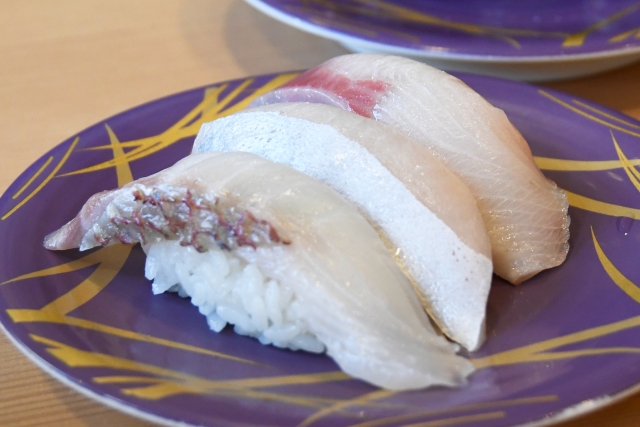
Photo by くまなな
The Art of Sushi
Sushi is not only an art form but also a nutrient-rich cuisine that combines taste and health benefits into one exquisite package. While indulging in this delicious culinary masterpiece, it’s essential to pay attention to the quality and freshness of ingredients to maximize the potential health benefits that sushi has to offer.
From its humble beginnings as street food to becoming an international sensation, sushi has always carried with it a message: that the world can come together and find unity in the shared love for this extraordinary dish. Indeed, like perfectly crafted sushi rolls themselves, we too are woven together by our collective appreciation for this culinary wonder that bridges cultures and transcends borders.
Photo Credits:
Additional photos by くまなな
All other content (text) created by the original author and © 2023 MUSUBI by Borderlink
RELATED
-
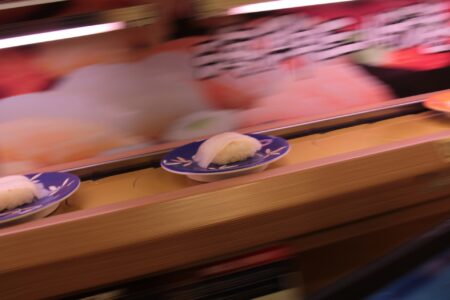
Kaitenzushi: A Meal on a Wheel
Top Photo: のすけラボ on PhotoAC The Japanese culinary scene is one I was unprepared for when I first arrived sever… -
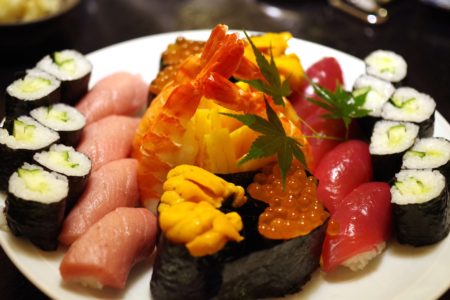
Quick Bites: Delicious Ramen and Sushi Everywhere
Top Photo: takedahrs on Pixabay When I think of Japan, one of the first things I think of is the food. I espec… -
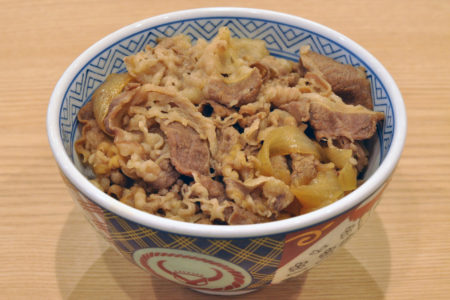
The Newbie’s Guide to Eating in Japan
Top Image: “Yoshinoya Beef Bowl, regular size” by Ocdp uploaded to Wikipedia. This file is made av…
PEOPLE

Jeremy Jed Enriquez Sioson
From the Philippines
Has been living in Japan for 2 years!


